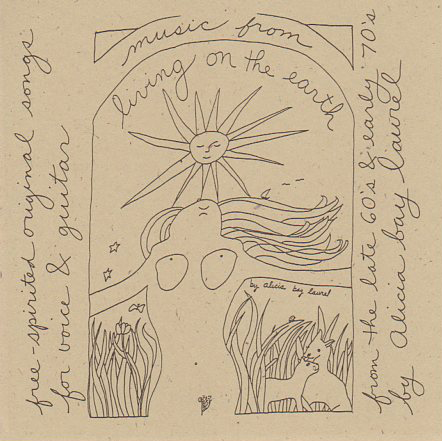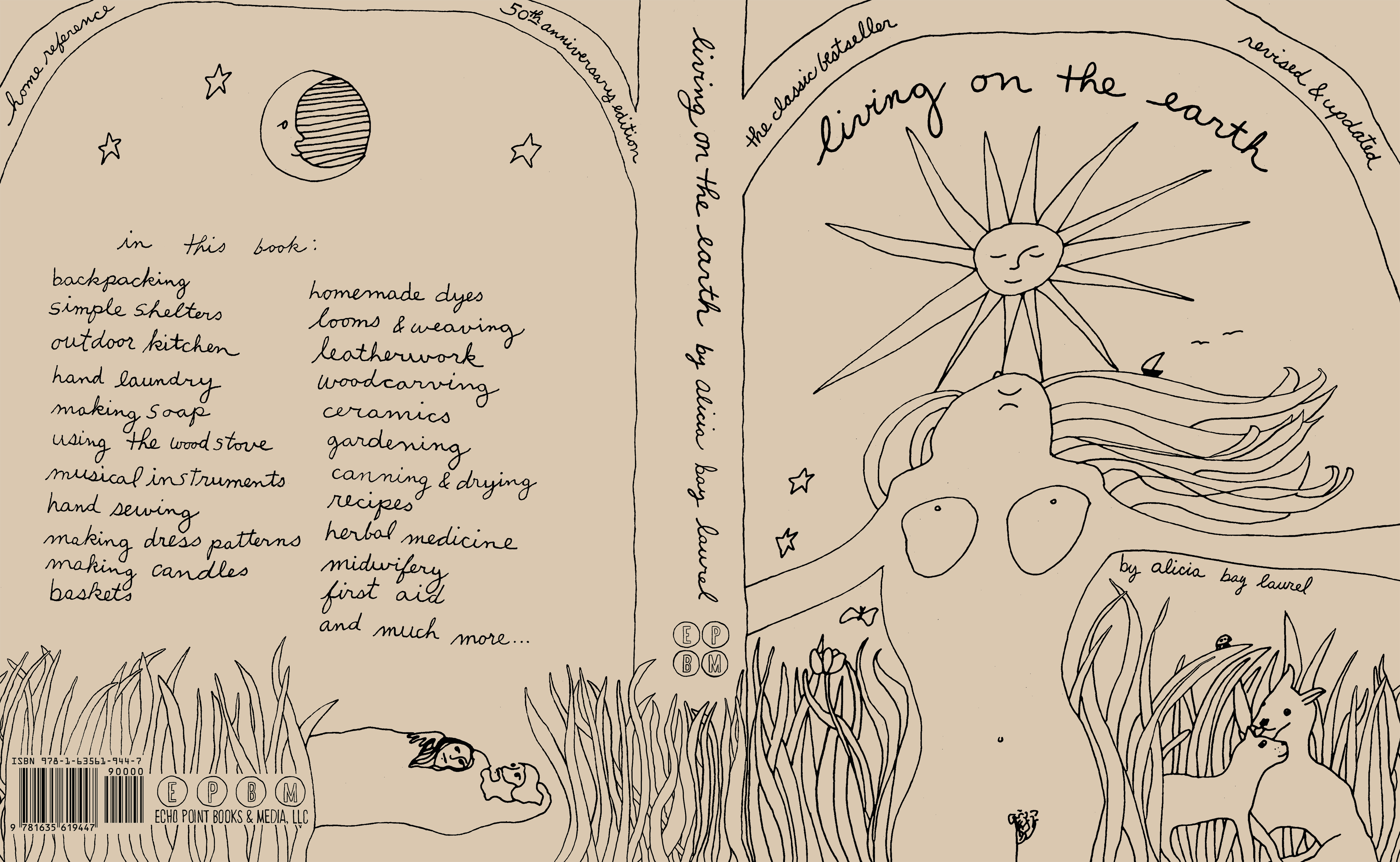
Leaving beautiful Hilo, Hawai’i on a rainy morning, looking down upon her harbor and sea wall. Mauna Loa and Mauna Kea are obscured by clouds.

The summit of Mauna Kea, with Mauna Loa on the horizon.

Mount Hualalai, on the Kona coast, appears as we round the summit of Mauna Kea, Mauna Loa in the background.

Pearl Harbor from the air, just before we land in Honolulu to change planes. The coastlines of the islands vary by 1000 feet of elevation between ice ages; Pearl Harbor was once a river valley.

The Kalaupapa peninsula, a separate volcano from the rest of Moloka’i island, once famed as a leper colony, is at the bottom of the photo. Beyond Moloka’i (in the foreground) lie the West Maui Mountains and Haleakala volcano on Maui, and to the right of Maui, Lana’i island and beyond it, Kaho’olawe island. On the horizon are the peaks of Mauna Kea and Mauna Loa on the island of Hawaii.

The tallest sea cliffs in the world, on Moloka’i, are at the bottom of the photo. Above, the family of volcanic islands that comprise the eastern, most recently formed, end of the archipelago.
What are the oldest Hawaiian islands? Kure and Midway Islands, at the western end of the archipelago. And the newest? It’s called Loihi. Its summit is 2000 feet below the surface of the ocean, but it’s 18,000 feet high (and growing). It’s to the east and south of the Big Island, just where you would have expected it to be if you drew a curved line through the volcanoes of the Hawaiian Islands and predicted where the lava flume would come up next as the earth’s plates shift. When it erupts, clouds of steam and vog obscure the horizon for miles. Scientists visit it in submersibles.




